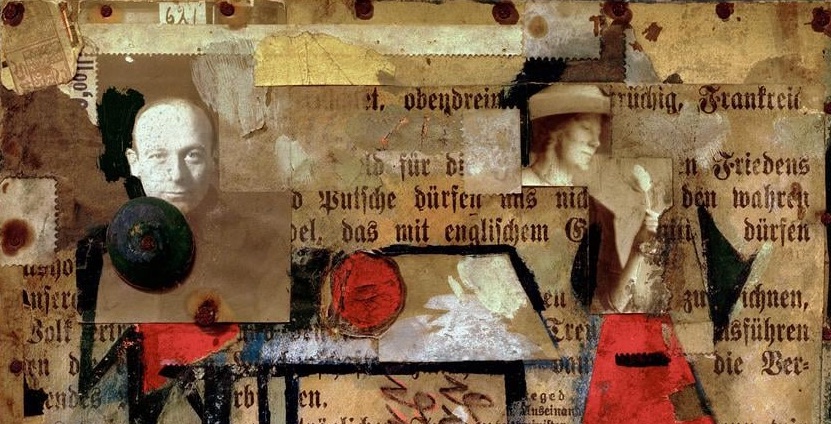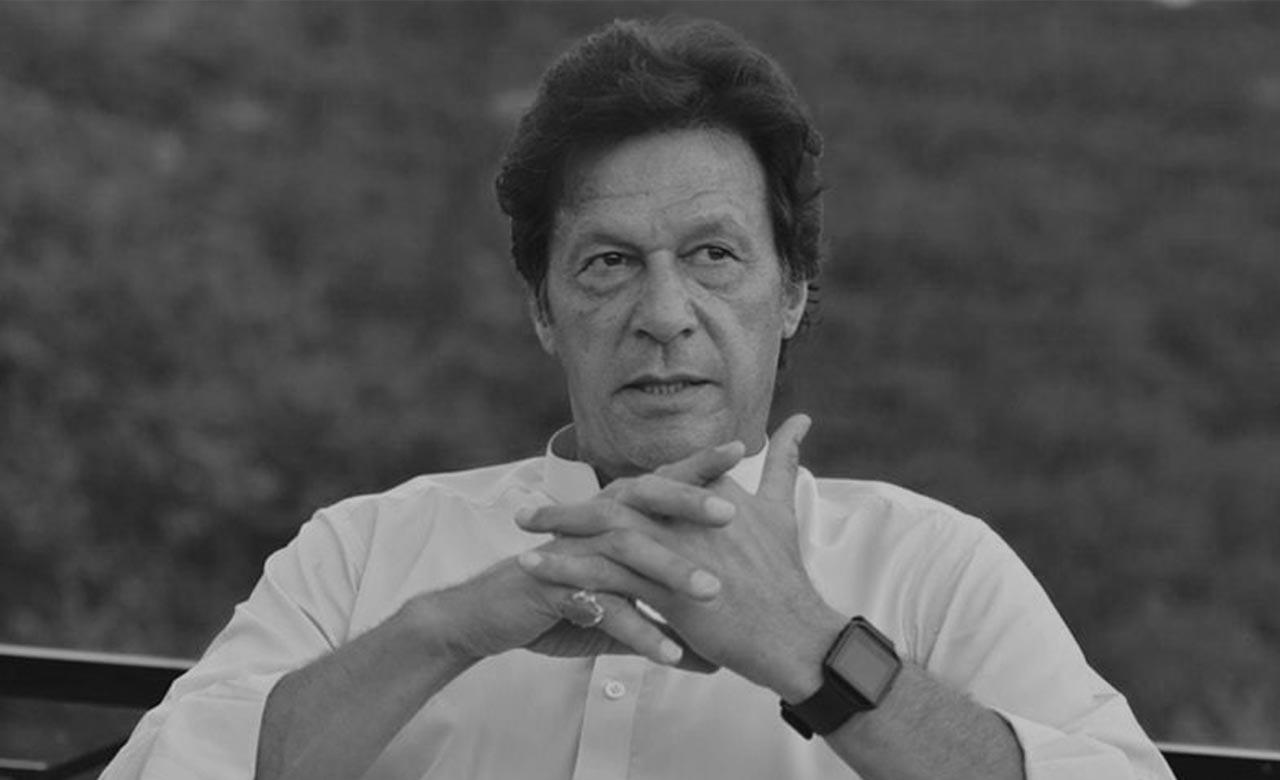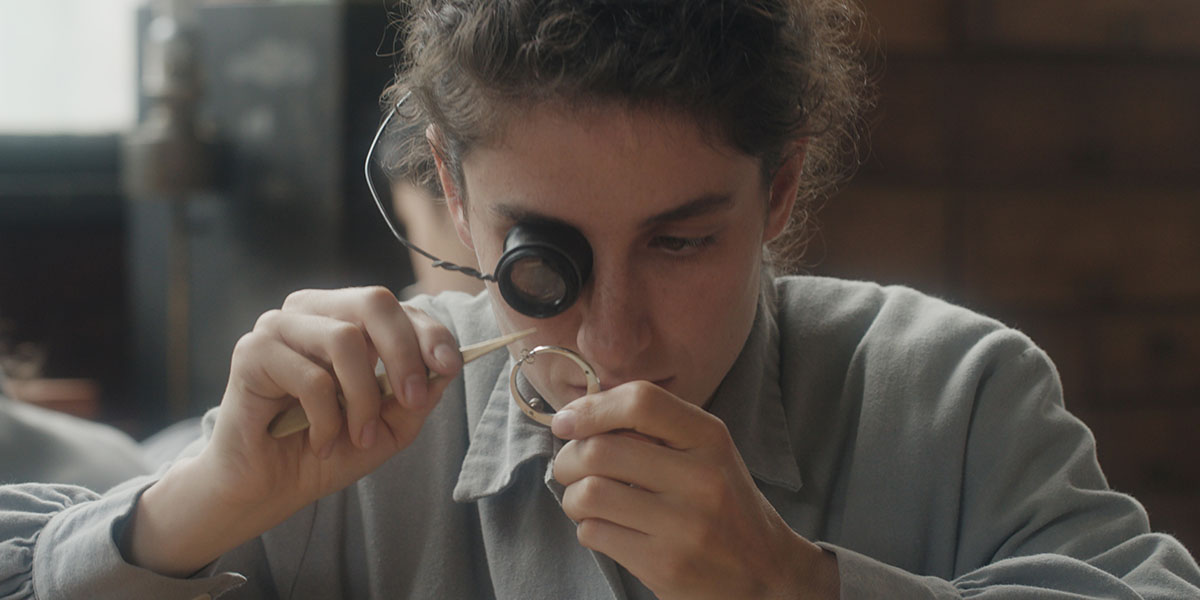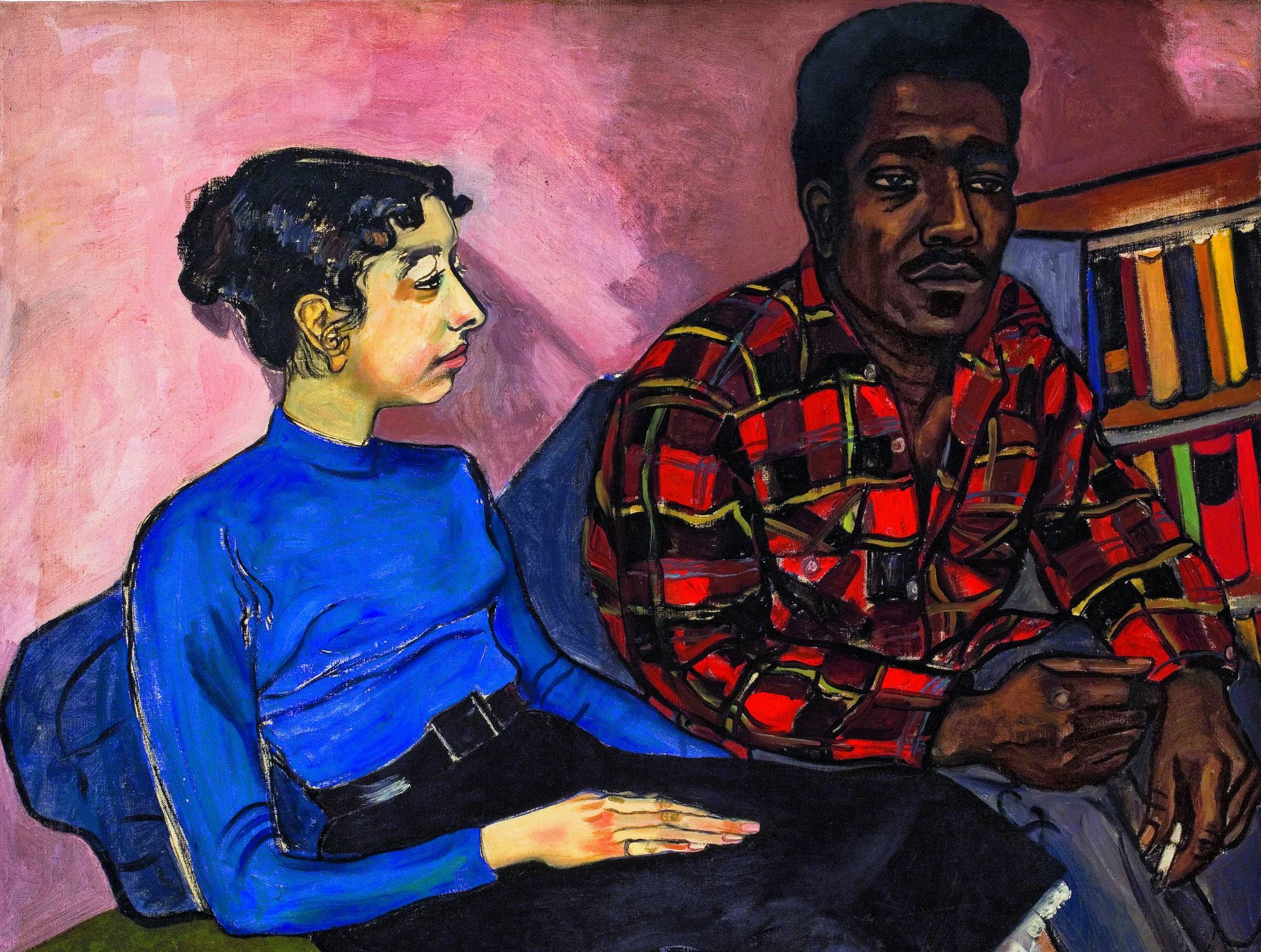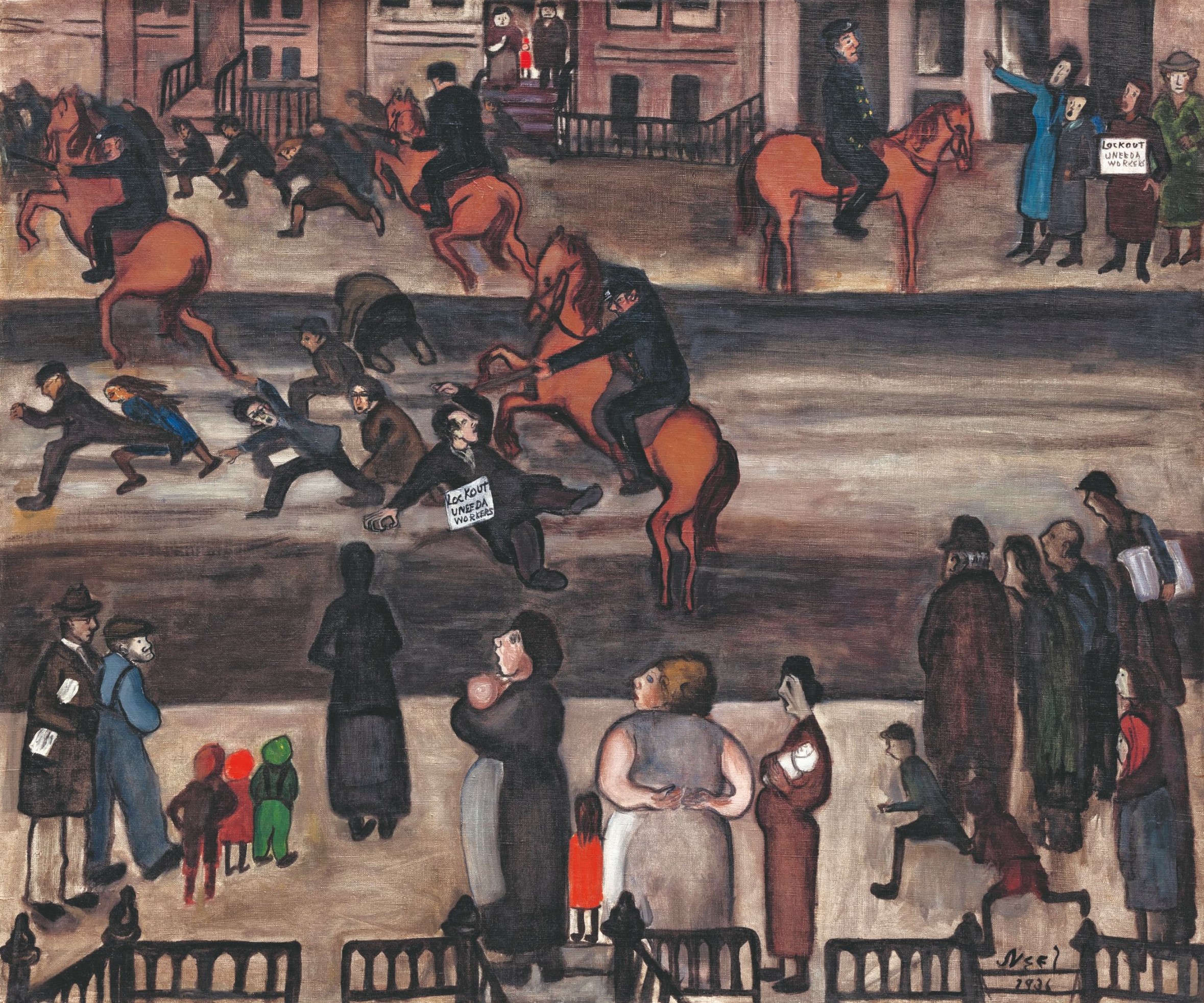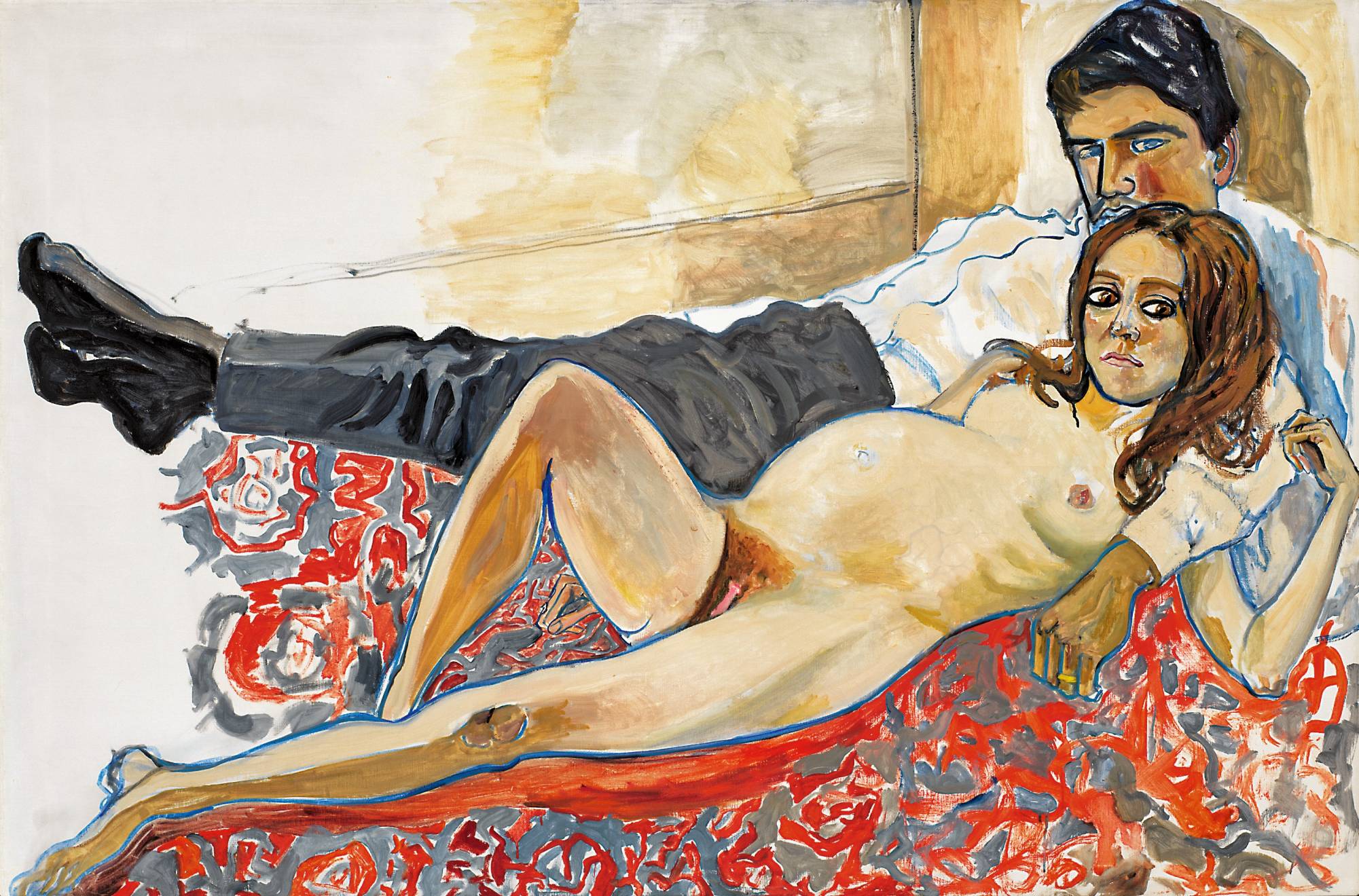Even if he occasionally succumbed to the literary equivalent of quantitative easing – inflating his sentences with adjectives as if to ward off the collapse of the books that housed them – there’s no denying that Martin Amis was a master of English prose. The most tactile writer of his generation? Very possibly. He registered the feel of the post-1968 Anglosphere with relentless precision, fondling the rough surface of everything around him. Coins – specie – for instance. In Money, he could conjure ‘the time when cabbies’ change feels as hot as coins coughed from the bowels of fruit machines’, while in a late shot across the bow in the Times, he recalled the crowd in which Jeremy Corbyn moved in the 1970s: ‘Weedy, nervy and thrifty (you often saw a little folded purse full of humid coins), with an awkward squad look about them (as if nursing a well-informed grievance), the Corbyns were in fact honest and good-hearted.’ How that ‘humid’ clinches the scene! Amis’s early signature move was to revise his footwork mid-stride for maximal kick: ‘The hall smelled of cabbage – or, let’s be accurate, it smelled as if someone had eaten six bushels of asparagus washed them down with as many quarts of Guinness, and pissed over the walls, floor and ceiling.’ Pissing on the floor is nothing, in prose; even to piss on the walls can be pedestrian; Amis was the sort of writer with the hydraulic gifts to aim at the ceiling.
Toward the end, as James Wolcott noted, he was struggling to describe the coldness of cold (‘The winters were unsmilingly cold’, ‘The winters were medievally cold’, ‘the winter in between was petrifyingly cold’, etc.). In his cohort, Amis lagged in some quarters: he lacked the international dimension of Rushdie (his own core readership always hovered somewhere over the Atlantic, perhaps suffering the ‘small beer’ of coach class, as Richard Tull complained in The Information); he didn’t notably improve with age like Barnes (does anyone think The Pregnant Widow bettered the comedy of The Rachel Papers?); and his political feelers could not rival the antennae of pre-2001 Hitchens. But Amis had the widest range among his set: high journalism, reportage, novels, novellas, stories, memoirs, long-form criticism – only art-writing and poetry escaped him.
What was the style in service of? It was not in service of itself. He was not so much of a Flaubertian as that, with truth a mere byproduct of the mot juste. ‘Style is morality: morality detailed, configured, intensified’, he wrote in Experience. It’s an insight of considerable power. But Amis’s style unfurled a continuous comedy of morals ultimately founded on nothing more morally ambitious than his readers’ common-sense. As for his father before him, all deviations from some upper-class idyll of the mind – here irony would at last be enthroned as the universal sensibility – received acid scorn. For all his self-positioning as the surrogate son of Bellow and Nabokov, Martin Amis belonged, in this sense (and perhaps in the longer view of literary history), more in the line of satirists that stretches back to Fielding. The novels presented a vast pastiche of contemporary society with exaggerated characters whose wildly capacious voices dramatized the excesses of the age. But his anti-utopianism and arch-rationalism meant that their style never disclosed other worlds (as style sometimes does in the work by Ballard and Carter that appeared when he was starting out as a critic and novelist). Amis understood style not as a summons to new vision but as a conspiratorial wink of submission to contemporary conditions. In him, it became a form of eloquent complacency.
Amis was sly with language – and hilariously punctilious and proprietary about grammar and words and what he took to be literary crimes (Henry James’s vice of elegant variation a flagrant example). But he was not very sly about language. That high-flown English itself might have limitations never seems to have occurred to him. This came out in his antipathy for writers such as J.M. Coetzee, whom he derided for practising ‘vow-of-poverty prose’, but who made an art of using worn and etiolated language to escape what they took to be the seductions of English: the way it could pull away from both imagination and reality. ‘The tendency of English toward Chiaroscuro is notorious’, Coetzee wrote in 1973, going on to give the example of Conrad who, at the time that French writers were swerving toward analytical clarity and simplicity, observed that it was impossible to use a word like ‘oaken’ in its most basic sense, ‘for it brought with it a swarm of metaphorical contexts’.
Sixty years ago, in Harold Macmillan’s England, Perry Anderson made a case against Amis Senior, at that time considered a leading writer on the left (his abundant homophobia, xenophobia, disdain of modern jazz and ‘obsessive hatred of intelligence’ not-withstanding). After laying bare the misogynistic plot of Lucky Jim, Anderson zeroed in on Amis’s ‘quivering fear of the serious, with its attendant risks of failure’. The sins of the father were nearly reversed in the son. On the pursuit of sex, drink and coin, Amis could be pitch-perfect (though one puzzles over just what the narrator of The Rachel Papers means when he looks at himself sheathed in a condom: ‘Glancing downward, my rig, in its pink muff, looked unnatural, absurd, like an overdressed Scottie dog.’). But something – perhaps his rivalrous friendship with Hitchens – prompted him to war against his own frivolity, as well as his own courtship of literary celebrity. And so, starting in the 1990s, he began educating himself in public about history. A selection of 20th-century crimes were chosen, and Amis trudged into established hearts of darkness, writing books about Nazism (Time’s Arrow, The Zone of Interest), Stalinism (Koba the Dread, House of Meetings) and Islamism (The Second Plane), as if to prove his political mettle (the barbarism of colonialism and American wars, too far or perhaps too close to home, never aroused anything matchable in him). The trouble, as Benjamin Kunkel once observed, is that Amis’s ‘explanation of evil is … a counterpart to his style; he tends to ascribe it to envious inferiority’. The result is historical forces reduced to pub-chatter clichés, Stalin’s crimes deep down owed to his being a ‘low-brow’ and Lenin’s ‘underbred mascot’, while the attacks of 9/11 could have been avoided if only Mohamed Atta had gotten laid.
There’s a memorable scene in Experience during which Amis kicks Hitchens’s shins under the table to get him to stop grilling Saul and Janis Bellow about Israeli atrocities. Amis’s capacity for ancestor-worship was boundless: (at least) 8 articles on Bellow, 10 on Nabokov. But I wonder if he might have benefitted more from reading less of them. From Bellow he took the street-wise tough guys (already often unpersuasive in the original) and made them even more street-wise until many of them simply became vessels of Translatlantic Amis-speak, while from Nabokov Amis cribbed a kind of cliff-notes postmodernism, furnishing pointless doppelgängers for his plots, and making his narrators pick up a toilet brush and see a ‘moustachioed sceptre’ (a parody of Nabokov, even in the mouth of a character). With the exception of Inside Story, an unexpectedly moving coda to his career, the first half of his output outshines the second by some distance.
But time worships language and forgives everyone by whom it lives. I met Amis once, after arriving too early for a party at a bar in Manhattan. He was smaller than I expected, with a tall, handsome head. The voice was unmistakable: in his words, ‘one of those fashionable reedy voices, the ones with the habitual ironic twang’. He glanced at the Roth novel I had on me, When She Was Good. ‘He stumbled there’, he said. And then he proceeded to do what’s not really done anymore at literary parties, if it ever was, and intoned verbatim:
She was so deeply imbedded in my consciousness that for the first year of school I seem to have believed that each of my teachers was my mother in disguise. As soon as the last bell had sounded, I would rush off for home, wondering as I ran if I could possibly make it to our apartment before she had succeeded in transforming herself. Invariably she was already in the kitchen by the time I arrived, and setting out my milk and cookies. Instead of causing me to give up my delusions, however, the feat merely intensified my respect for her powers. And then it was always a relief not to have caught her between incarnations anyway – even if I never stopped trying; I knew that my father and sister were innocent of my mother’s real nature, and the burden of betrayal that I imagined would fall to me if I ever came upon her unawares was more than I wanted to bear at the age of five. I think I even feared that I might have to be done away with were I to catch sight of her flying in from school through the bedroom window, or making herself emerge, limb by limb, out of an invisible state and into her apron.
And it went on. He had the first few pages of Portnoy’s Complaint to hand like a hip flask.
Read on: Francis Mulhern, ‘A Tory Tribune?’, NLR 105.


